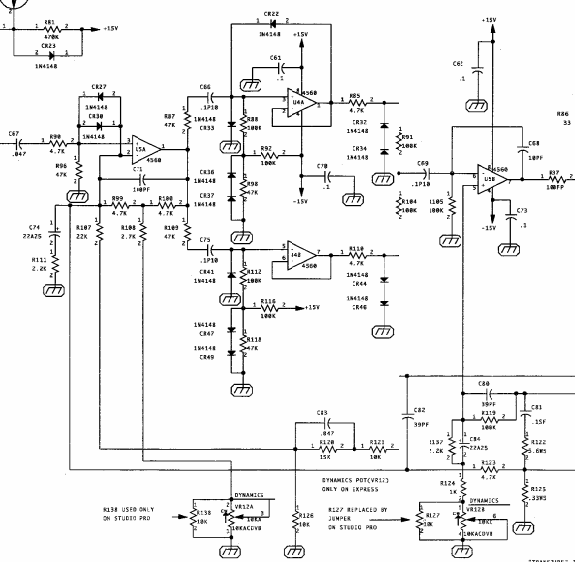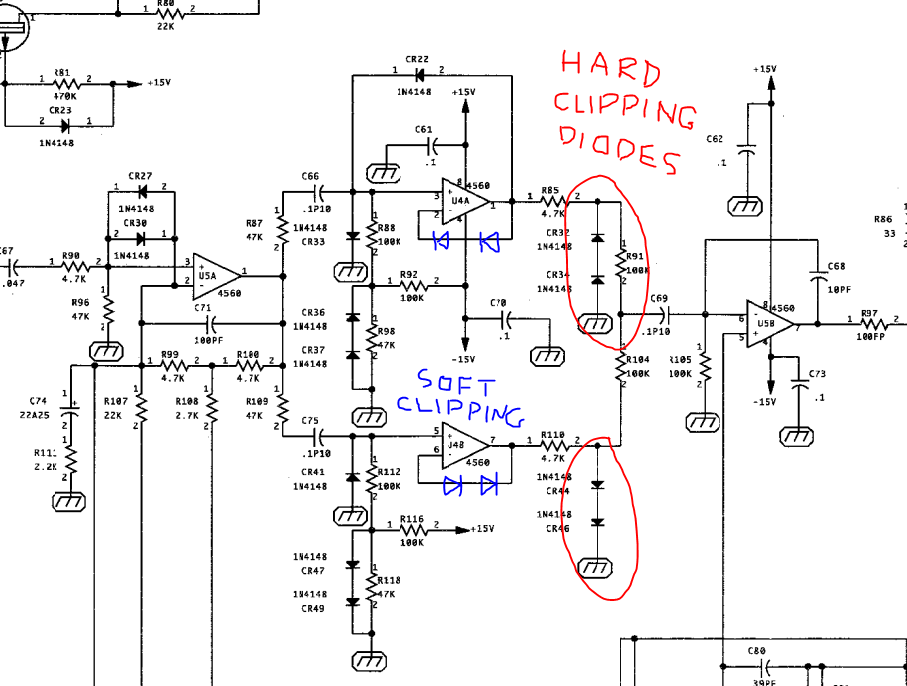Thanks for the reply.
Yes, there's a whole lot going on there that I would need to understand first.
I will definitely leave it alone, No point messing up what is a surprisingly good amp.
Mr Relish
Yes, there's a whole lot going on there that I would need to understand first.
I will definitely leave it alone, No point messing up what is a surprisingly good amp.
Mr Relish


